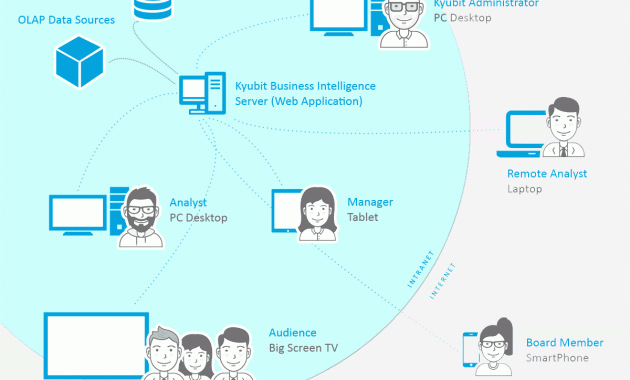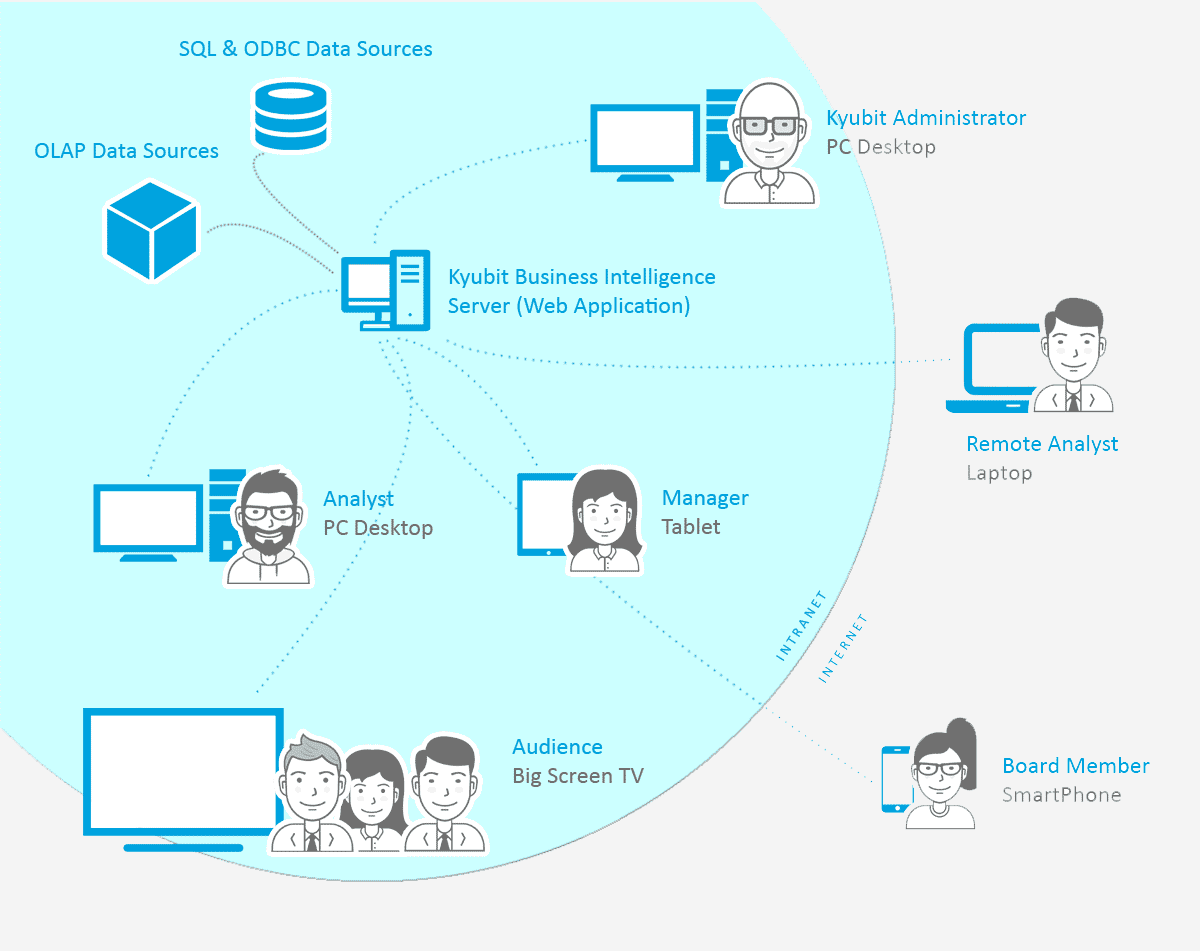
How BI Tools Help You Reduce Environmental Impact: A Data-Driven Approach to Sustainability
In an era defined by climate change and growing environmental concerns, businesses are under increasing pressure to adopt sustainable practices. The need to reduce environmental impact is no longer just a matter of corporate social responsibility; it’s becoming a critical factor for long-term business viability. Fortunately, Business Intelligence (BI) tools are emerging as powerful allies in this endeavor. This article explores how BI tools help you reduce environmental impact, transforming raw data into actionable insights that drive sustainable decision-making.
Understanding the Role of BI in Sustainability
BI tools are designed to collect, analyze, and visualize data, providing businesses with a comprehensive understanding of their operations. When applied to environmental sustainability, these tools offer the ability to track key performance indicators (KPIs), identify areas for improvement, and measure the effectiveness of sustainability initiatives. The core function of these tools is to transform complex datasets into clear, understandable information that informs strategic decision-making.
Data Collection and Integration: The Foundation of Environmental Analysis
The first step in leveraging BI tools for environmental impact reduction is data collection. This involves gathering information from various sources, including:
- Energy Consumption: Data from smart meters, utility bills, and energy management systems.
- Waste Generation: Records of waste disposal, recycling rates, and waste audits.
- Water Usage: Data from water meters and water management systems.
- Emissions: Information on greenhouse gas emissions from operations, transportation, and supply chains.
- Supply Chain Data: Information on suppliers’ environmental performance and material sourcing.
BI tools excel at integrating these diverse data sources into a unified platform. This integration provides a holistic view of a company’s environmental footprint. The ability to consolidate data from disparate systems is a critical advantage, enabling comprehensive analysis that would be impossible using manual methods.
Analyzing and Visualizing Environmental Data
Once data is collected and integrated, BI tools provide powerful analytical capabilities. These tools allow businesses to:
- Identify Trends: Track changes in energy consumption, waste generation, and emissions over time.
- Spot Anomalies: Detect unusual patterns or spikes in environmental indicators that may signal inefficiencies or problems.
- Conduct Benchmarking: Compare performance against industry standards or internal targets.
- Perform Predictive Analysis: Forecast future environmental impacts based on current trends and planned activities.
Data visualization is another key feature of BI tools. Dashboards and reports present complex data in an easy-to-understand format, making it easier for stakeholders to grasp key insights. Visualizations can include charts, graphs, maps, and other interactive elements that highlight areas of concern and progress.
Key Applications of BI Tools for Environmental Impact Reduction
BI tools offer a range of applications for reducing environmental impact across various business functions:
Energy Efficiency
BI tools can analyze energy consumption data to identify areas where energy is being wasted. This can include identifying inefficient equipment, optimizing building climate control, and pinpointing peak energy usage times. The insights gained can lead to targeted energy-saving initiatives, such as equipment upgrades and behavioral changes. The goal is to understand how BI tools help you reduce environmental impact by optimizing energy usage.
Waste Management
BI tools can track waste generation and recycling rates, helping businesses identify opportunities to reduce waste and improve recycling performance. Analyzing waste streams can reveal areas where waste reduction strategies are most effective. Implementing strategies like waste audits and waste reduction programs can yield significant environmental benefits. Understanding how BI tools help you reduce environmental impact involves optimizing waste management.
Emissions Reduction
BI tools can monitor greenhouse gas emissions from operations, transportation, and supply chains. This includes tracking emissions from fuel consumption, manufacturing processes, and other activities. By identifying emission hotspots, businesses can develop strategies to reduce their carbon footprint. This might involve switching to renewable energy sources, optimizing transportation routes, or improving supply chain efficiency. The use of BI tools help you reduce environmental impact by monitoring and reducing emissions.
Water Conservation
BI tools can analyze water usage data to identify areas where water is being wasted. This can include detecting leaks, optimizing irrigation systems, and implementing water-saving technologies. By monitoring water consumption, businesses can make informed decisions about water conservation strategies. This is another example of how BI tools help you reduce environmental impact.
Supply Chain Optimization
BI tools can provide insights into the environmental performance of suppliers. By analyzing data on suppliers’ emissions, waste generation, and resource usage, businesses can choose to work with more sustainable suppliers. This can reduce the environmental impact of the entire supply chain. This shows how BI tools help you reduce environmental impact by promoting sustainable supply chains.
Real-World Examples: Success Stories
Numerous companies are already using BI tools to achieve significant environmental gains:
- Manufacturing: A manufacturing company used BI to analyze energy consumption data, identifying inefficiencies in its production processes. By optimizing equipment and implementing energy-saving measures, the company reduced its energy consumption by 15% and lowered its carbon emissions.
- Retail: A retail chain used BI to track waste generation and recycling rates across its stores. By identifying stores with low recycling performance, the company implemented targeted training programs and improved its waste management practices, increasing its recycling rate by 20%.
- Transportation: A logistics company used BI to optimize its transportation routes, reducing fuel consumption and emissions. By analyzing real-time data on traffic and delivery schedules, the company improved its delivery efficiency and reduced its carbon footprint.
These examples demonstrate the practical value of BI tools help you reduce environmental impact. These tools help businesses to make informed decisions and drive positive change.
Implementing BI Tools for Environmental Sustainability
Implementing BI tools for environmental sustainability requires a strategic approach:
- Define Goals: Clearly define your environmental goals and KPIs.
- Data Collection: Identify relevant data sources and establish data collection processes.
- Choose the Right Tools: Select BI tools that meet your specific needs and budget.
- Data Integration: Integrate data from various sources into a unified platform.
- Analysis and Visualization: Conduct data analysis and create dashboards and reports.
- Action and Monitoring: Implement sustainability initiatives and monitor their effectiveness.
Implementing these steps ensures that BI tools help you reduce environmental impact effectively.
Challenges and Considerations
While BI tools offer significant benefits, there are also challenges to consider:
- Data Quality: Ensuring the accuracy and reliability of data is crucial.
- Data Security: Protecting sensitive data from unauthorized access.
- Integration Complexity: Integrating data from diverse sources can be challenging.
- Training and Expertise: Providing training and expertise to use the tools effectively.
- Cost: Implementing BI tools can involve significant upfront and ongoing costs.
Addressing these challenges requires careful planning and investment. Overcoming these hurdles is an important step to ensuring that BI tools help you reduce environmental impact.
The Future of BI and Environmental Sustainability
The future of BI in environmental sustainability looks promising. As technology advances, BI tools will become even more sophisticated, providing deeper insights and more actionable recommendations. Trends to watch include:
- Artificial Intelligence (AI): AI-powered analytics can automate data analysis, identify hidden patterns, and predict future environmental impacts.
- Machine Learning (ML): ML algorithms can optimize processes, improve resource allocation, and enhance sustainability initiatives.
- Internet of Things (IoT): IoT devices can provide real-time data on environmental conditions and operational performance.
- Cloud Computing: Cloud-based BI platforms offer scalability, flexibility, and cost-effectiveness.
These advancements will further enhance the ability of BI tools help you reduce environmental impact, helping businesses achieve their sustainability goals.
Conclusion: Harnessing the Power of Data for a Greener Future
Business Intelligence tools are essential for businesses aiming to reduce their environmental impact. By collecting, analyzing, and visualizing data, these tools provide the insights needed to make informed decisions and drive sustainable practices. From energy efficiency and waste management to emissions reduction and supply chain optimization, BI tools offer a wide range of applications. As technology continues to evolve, the role of BI in environmental sustainability will only grow more important. By embracing these tools, businesses can not only reduce their environmental footprint but also gain a competitive advantage in an increasingly eco-conscious world. Implementing BI tools help you reduce environmental impact, contributing to a greener future for all.
[See also: Related Article Titles]

